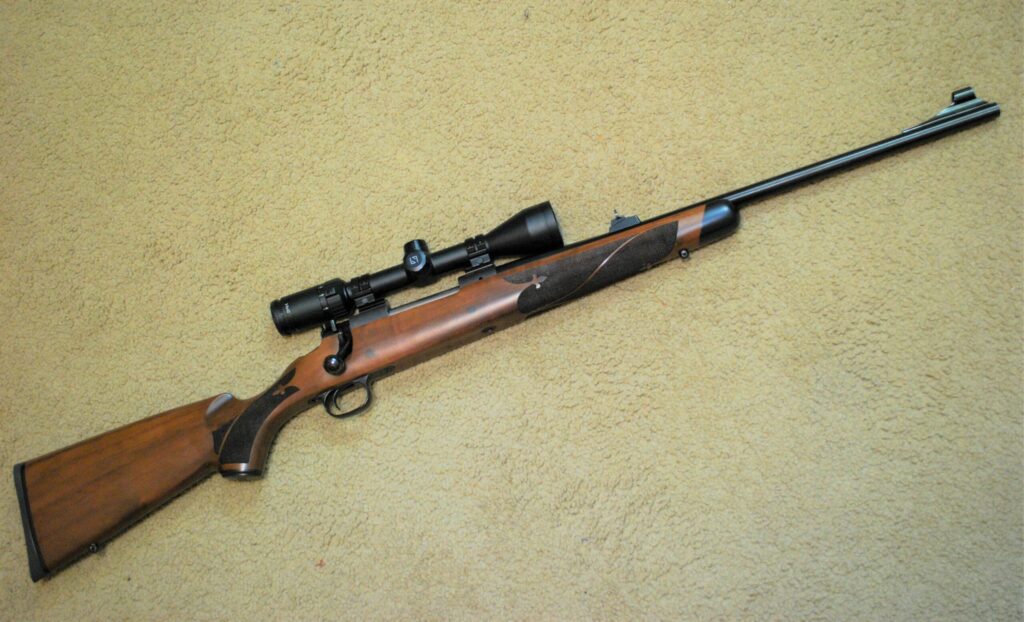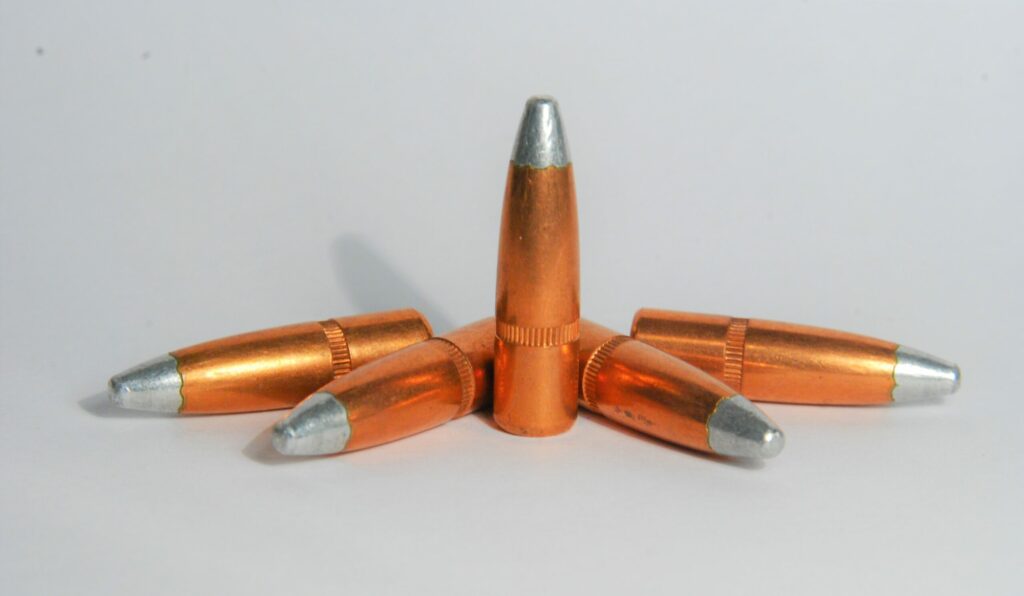Written by: James House
For about 115 years, the .30-06 Springfield has been the favorite caliber for many hunters and target shooters. In more recent years, the .308 Winchester and several other calibers have achieved great popularity. Growing up as I did I read all the gun literature that I could find (or afford) and one of the magazines that I read most was Outdoor Life. The shooting editor for that
magazine was none other than Jack O’Connor, perhaps the most famous gun writer of all time.
Although he wrote about numerous topics and calibers, for many years O’Connor’s writing dealt heavily with the .270 Winchester. Introduced in 1925, the .270 Winchester might be considered to be an “old” cartridge, but with a working pressure as high as 65,000 psi the .270 can be loaded to drive a 130-grain bullet over 3000 ft/sec or a 150-grain bullet about 2900 ft/sec.
Such ballistics means that the .270 shoots flat and hits hard. Certainly, the boar that I shot in Tennessee and other animals have responded appropriately. When I was growing up in the middle of nowhere, there was a furniture store in the nearby small town. At one time, the front window of the store displayed a large grizzly that was taken in Alaska by a prominent citizen.
The rifle he used, a Winchester Model 70, and a cartridge, a .270 Winchester, were also on display. Thus began my affection for the rifle and cartridge.
My .270 Winchester is a Model 770 Winchester, a sort of economy grade Model 70, with which I am celebrating a 50 th Anniversary this year. The Model 770, produced from 1969 to 1971, was a “post ’64 Model 70” so it is a push feed model that has a blind magazine. Thus, it is sort of the Winchester equivalent of the Remington 700 ADL. I have never had a problem with
cartridge feeding, firing, or extraction with the rifle, and it gives very good accuracy for a factory rifle.
The factory stock on my Winchester 770 has good proportions and pressed checkering. However, it is not an elegant stock by any means. To celebrate my 50-year relationship with the rifle, it has been fitted with a Boyds Platinum stock of Claro XX walnut with fleur de lis checkering and black grip, and fore-end caps. The performance of my Model 770 has always been quite good and now with the Boyds stock that rifle could vie for the title of Safe Queen with many of today’s much more expensive models.

Current ammunition listings (note that with the current ammunition situation as it is, I did not say availability) in .270 Winchester caliber include loads from every major and many smaller producers. Virtually all list a 130-grain load having a muzzle velocity of 3060 ft/sec with corresponding energy of approximately 2700 ft-lbs. Bullets styles vary from traditional soft points to a polymer-tipped lead-free version from Swift that is described as having a muzzle velocity of 3151 ft/sec and an energy of 2867 ft-lbs. Swift also lists a load utilizing a 150 Swift A-Frame bullet with a muzzle velocity of 2986 ft/sec and an energy of 2971 ft-lbs. Browning produces a load that utilizes a 140-grain bullet that has a nominal muzzle velocity of 2970 ft/sec giving an energy of 2742 ft lbs.
For those who desire the ultimate performance from a .270 Winchester, Hornady offers two loads in the Superformance ® line. One features a 130-grain SST bullet with a muzzle velocity of 3200 ft/sec and an energy of 2955 ft lbs whereas the other utilizes a 140-grain SST bullet with a muzzle velocity of 3090 ft/sec and an energy of 2968 ft-lbs. These loads wring out
as much capability as can be expected for a .270 rifle. There are simply too many factory loadings for the .270 Winchester to list them all, but those described show the general parameters Although the recoil of a .270 Winchester is not really severe, some shooters may wish to avoid part of the recoil associated with full power loads. Reduced recoil loads are available from
Federal (with a 140-grain bullet having a velocity of 2200 ft/sec and energy of 1560 ft-lbs) and HSM (130-grain bullet with a velocity of 2318 ft/sec and energy of 1537 ft-lbs). Such loads are certainly adequate for use on animals the size of deer as long as the range is kept within reason.
Handloaded ammunition can bring out even more versatility from a .270. For example, bullets are readily available in weights from 90 to 180 grains. In the ‘heavy” category are the 170-grain Berger Elite Hunter, the 175-grain Sierra GameChanger, and the 180-grain Woodleigh. For me, such bullets are not of much interest because I have rifles of larger caliber if I need to prepare to hunt a large animal.
In addition, to use on medium game, it has always been the use of my .270 as a varmint rifle that has interested me. For such work, bullets of light weight are appropriate and there are some excellent choices. My first choice has always been the Sierra 90-grain Varminter hollow point because it gives excellent accuracy in my rifle. Much to my dismay, it appears that the
bullet has recently been discontinued as has the 100 Hornady 100 grain soft point. However, other good choices are the 90-grain Speer TNT and Gold Dot, the Speer 100-grain hollow point, and the 110-grain Hornady V-Max.
When it comes to powders for loading .270 ammunition, I have had very good results with IMR 4064 with lighter bullets and with IMR 4350, Winchester 760, and Alliant Reloder 17 with most bullet weights. In particular, the 90-grain Sierra Varminter gives five-shot groups smaller than one inch with appropriate charges of both IMR4350 and Alliant Power Pro 2000MR. The 100-grain Hornady soft point has shown excellent accuracy when propelled by a suitable charge of Alliant Reloder 17.

Having the Winchester 770, I never felt the need for a different .270 on the basis of performance and now I certainly don’t on the basis of appearance. The rifle has shown good accuracy with factory loads and excellent accuracy with certain hand loads. Although relegated to the safe for considerable periods by a .223 Remington and a .243 Winchester, my hope is now to
load up some special .270 ammunition and go after some large predators with the dressed-up Model 770. The rifle will never be offered for sale or trade, and I hope we can celebrate many more anniversaries.
Written by: James House

I own three 270,s great gun
I killed my first deer with a Remington .270 Winchester 7400 (https://snp.link/9cb82c3b). Too heavy of a gun for kid to be hunting with so I ended up getting rid of it. Maybe I should consider buying another .270 in the near future.